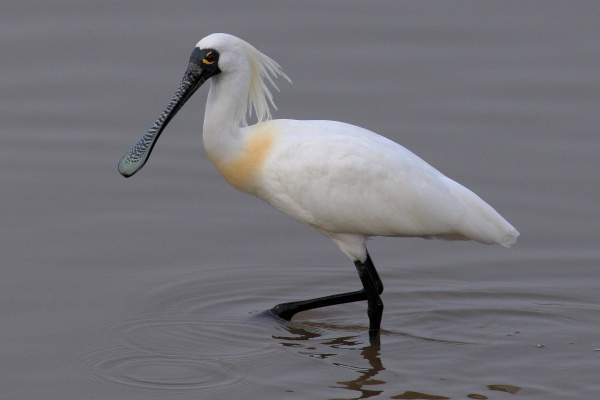Facts About Black-faced spoonbill
The black-faced spoonbill is a distinctive wading bird native to eastern Asia, belonging to the Threskiornithidae family, which includes both ibises and spoonbills. It stands out as the most endangered of the six spoonbill species, primarily due to its limited distribution.
These birds are easily identifiable by their unique spatula-shaped bills, which they use to forage for prey by probing through the water. Unfortunately, their population remains quite small, estimated at approximately 2,693 individuals. This precarious status has prompted various conservation efforts to mitigate threats such as habitat destruction, pollution, and human disturbances.
Black-faced spoonbills breed from March to August on small islands. Although their numbers have been gradually increasing, determining their sex remains challenging, complicating breeding programs. The global population has shown some positive trends, growing from just 288 birds in 1990 to 2,346 in 2010. Conservation initiatives are concentrated on protecting their breeding, migratory stopover, and wintering sites, despite the complexities introduced by their migratory behavior.
The species faces significant threats, including habitat destruction for agriculture and industrial development, direct human interference such as egg collecting, and disease outbreaks like avian botulism. To counter these issues, countries such as China and Hong Kong have granted the black-faced spoonbill protected status. Efforts are ongoing to preserve their feeding grounds and minimize human disturbances.

 Cambodia
Cambodia